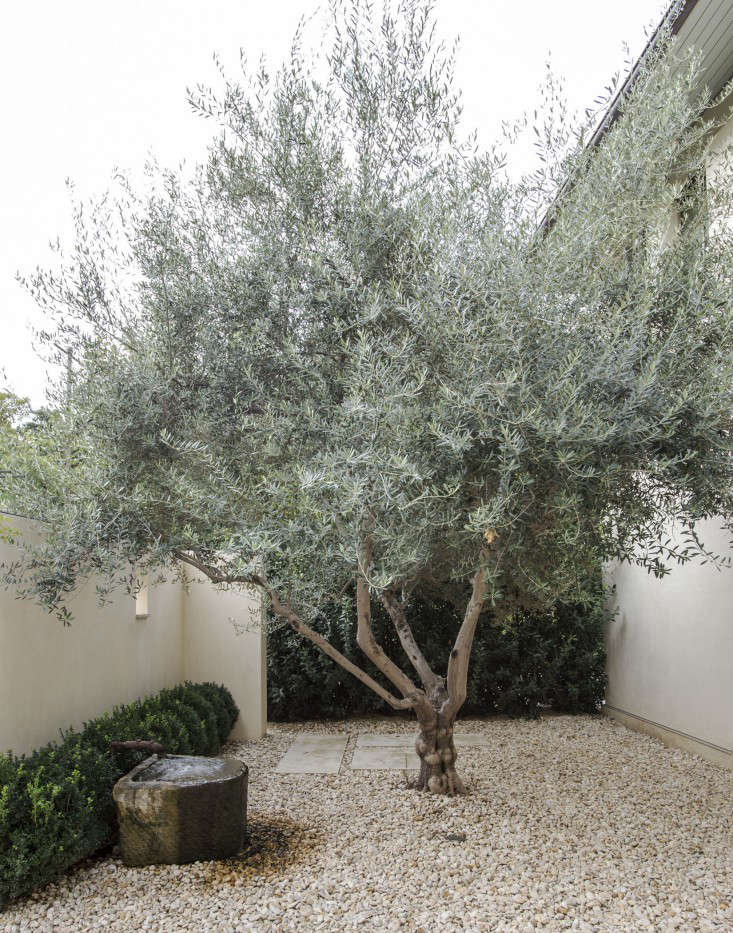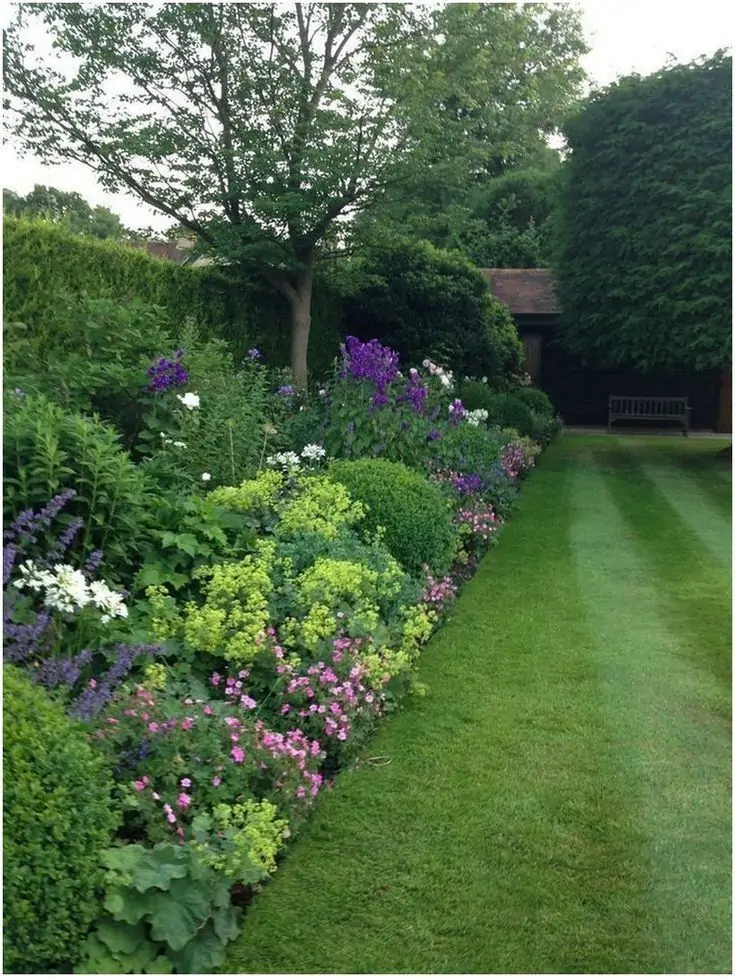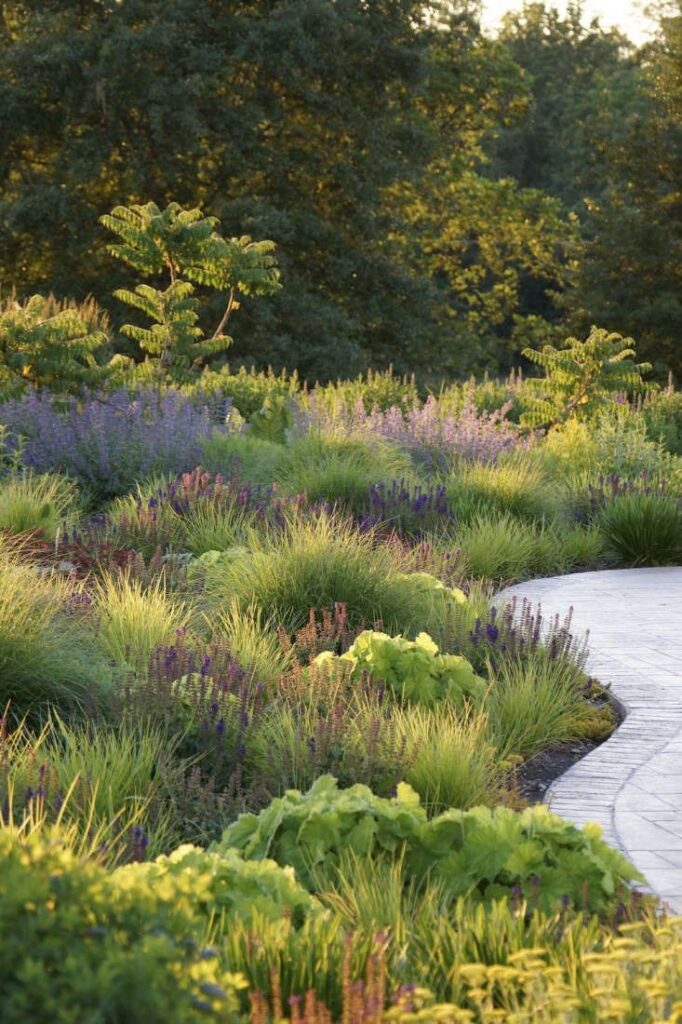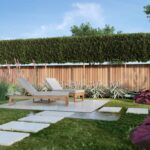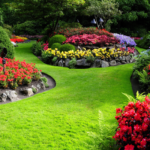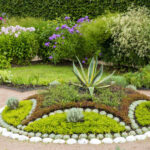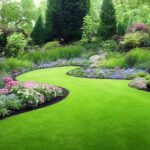A landscape garden is a carefully planned outdoor space that is designed to enhance the natural beauty of a property. These gardens are thoughtfully arranged to create a harmonious and visually appealing environment that complements the surrounding architecture and landscape. Landscape gardens can range from small, intimate spaces to sprawling estates, but they all share the goal of providing a peaceful and tranquil retreat for residents and visitors alike.
One of the key elements of a landscape garden is the use of plantings to create a sense of balance and harmony. Carefully selected trees, shrubs, and flowers are arranged in a way that complements the overall design of the garden and enhances its natural beauty. The placement of plants is carefully considered to create focal points, define spaces, and guide the eye through the garden. In addition to plantings, landscape gardens may also include features such as ponds, fountains, and statues to add interest and create a sense of tranquility.
Another important aspect of a landscape garden is the careful consideration of the garden’s layout and design. The layout of a landscape garden is designed to create a sense of flow and movement, while also providing spaces for relaxation and contemplation. Paths and walkways are carefully planned to guide visitors through the garden and highlight key features, while seating areas and gathering spaces provide opportunities for people to enjoy the beauty of the garden.
In addition to providing a beautiful and tranquil setting, landscape gardens can also have practical benefits for the environment. By incorporating native plantings and sustainable landscaping practices, landscape gardens can help support local ecosystems and reduce the need for water and chemical inputs. The careful design of a landscape garden can also help to reduce erosion, manage stormwater runoff, and provide habitat for wildlife.
Creating a landscape garden requires careful planning and attention to detail. Before beginning the design process, it is important to consider the unique characteristics of the site, such as its climate, topography, and soil conditions. By taking these factors into account, landscape designers can create a garden that is well-suited to the site and will thrive for years to come. Whether designing a small urban garden or a sprawling country estate, the principles of landscape gardening can be applied to create a beautiful and harmonious outdoor space that will bring joy to residents and visitors alike.
